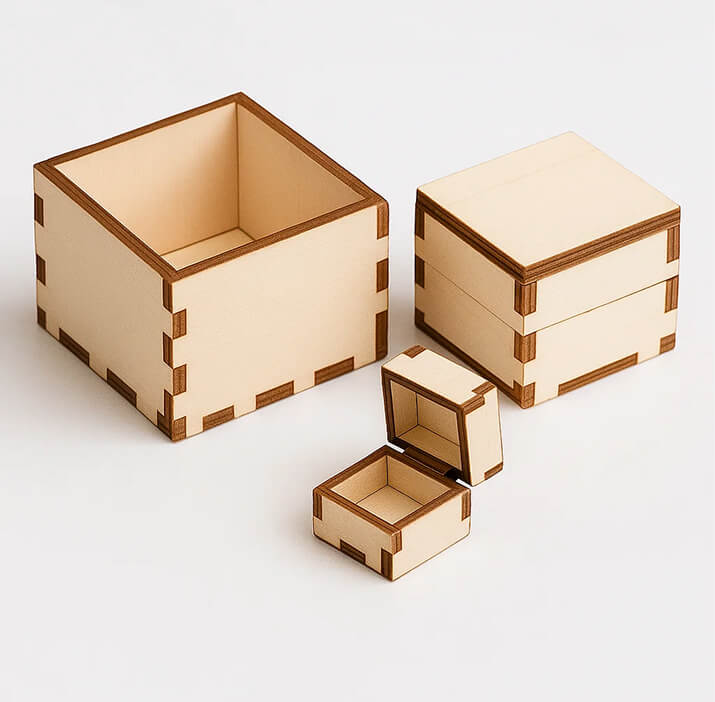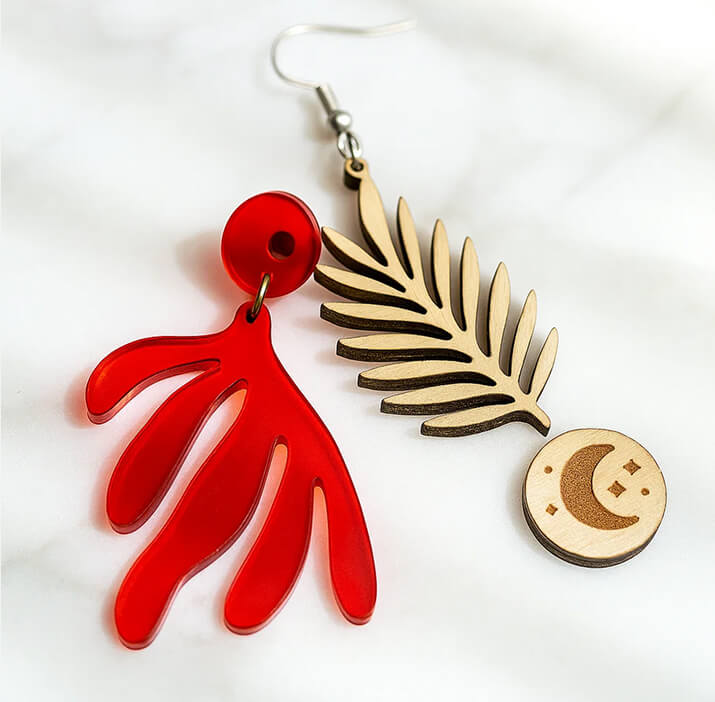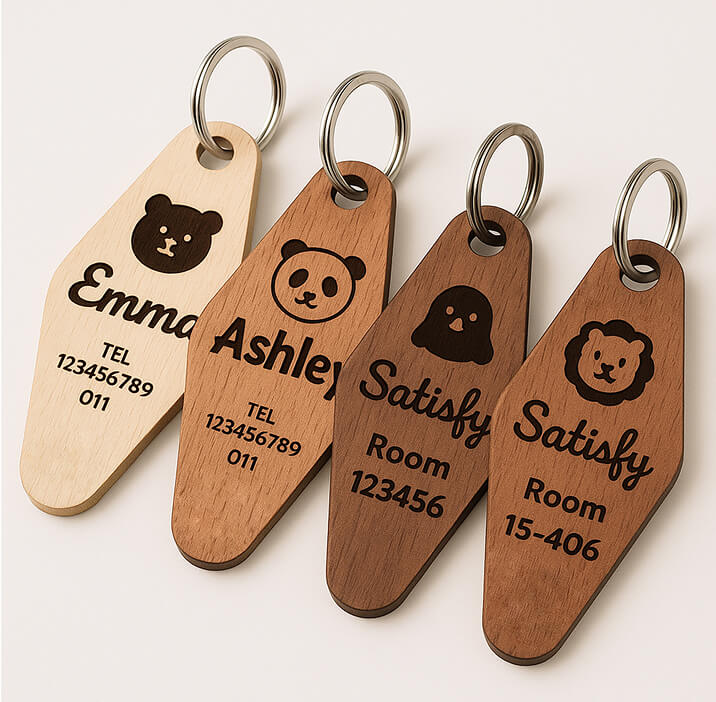Small Balsa Glider
Information
Here is a design for a small glider made of balsa wood. The design is deliberately somewhat old-fashioned. And, of course, balsa wood is not exactly the most innovative material. But it can be cut very easily and quickly with a laser. The wing design is somewhat inspired by the Jedelsky wing, which is also open on the underside. I once had a model airplane called Airfish with a solid balsa wing constructed in this manner.
The wingspan is just over 43 cm (17 inches), and the weight, including the lead in the nose, is less than 20 grams. The glider works great, and because it is so light, it is unlikely to break easily. Of course, because of its low weight, it should not be too windy for flying.
Instruction
Step1: Cut the Balsa
Of course, balsa wood can be cut very quickly. The only problem is that every board behaves differently. Even within a single board, there are areas of varying hardness. In some cases, I had to increase the values to 200%.
My suggestion: if you cover the entire back with adhesive tape, it will look as good as the front afterwards, i.e. without brown streaks.
Step2: Assemble the wings together
I thought assembling it would be easier. Holy moly! The problem: I used wood that was a little too thick for the wing surface (1.5 mm instead of 1 mm). It has to be glued around the front bend of the ribs. Next time, I would use a thinner and much softer board.
My tip: If you moisten or wet the top of the bend, the wood will bend in the right direction by itself. However, I still didn't manage to glue everything in one go.
Step 1: Glue the straight edge (secure with pins).
Step 2: Glue the bend (secure with tape).
As always, I used quick-setting white glue for everything.
Step3: Finish the plane
Now you just have to glue the rest together, which is really not rocket science. Just make sure that everything is more or less at right angles. To get the center of gravity right, you need to add some lead or other weight to the nose. (The center of gravity should be roughly in the first third of the wing.) I used a toothpick to attach the rubber. And then off to the airfield!
Step4: Final trimming
I don't have the final settings yet. And during my test flights, it was a little too windy to figure everything out. My current key data:
- I attached about 7.5 grams of lead to the nose.
- I raised the wing at the leading edge by about 3 mm, which results in an angle of attack difference of approximately 2 degrees.
- With these settings, the little bird flies quite well.





